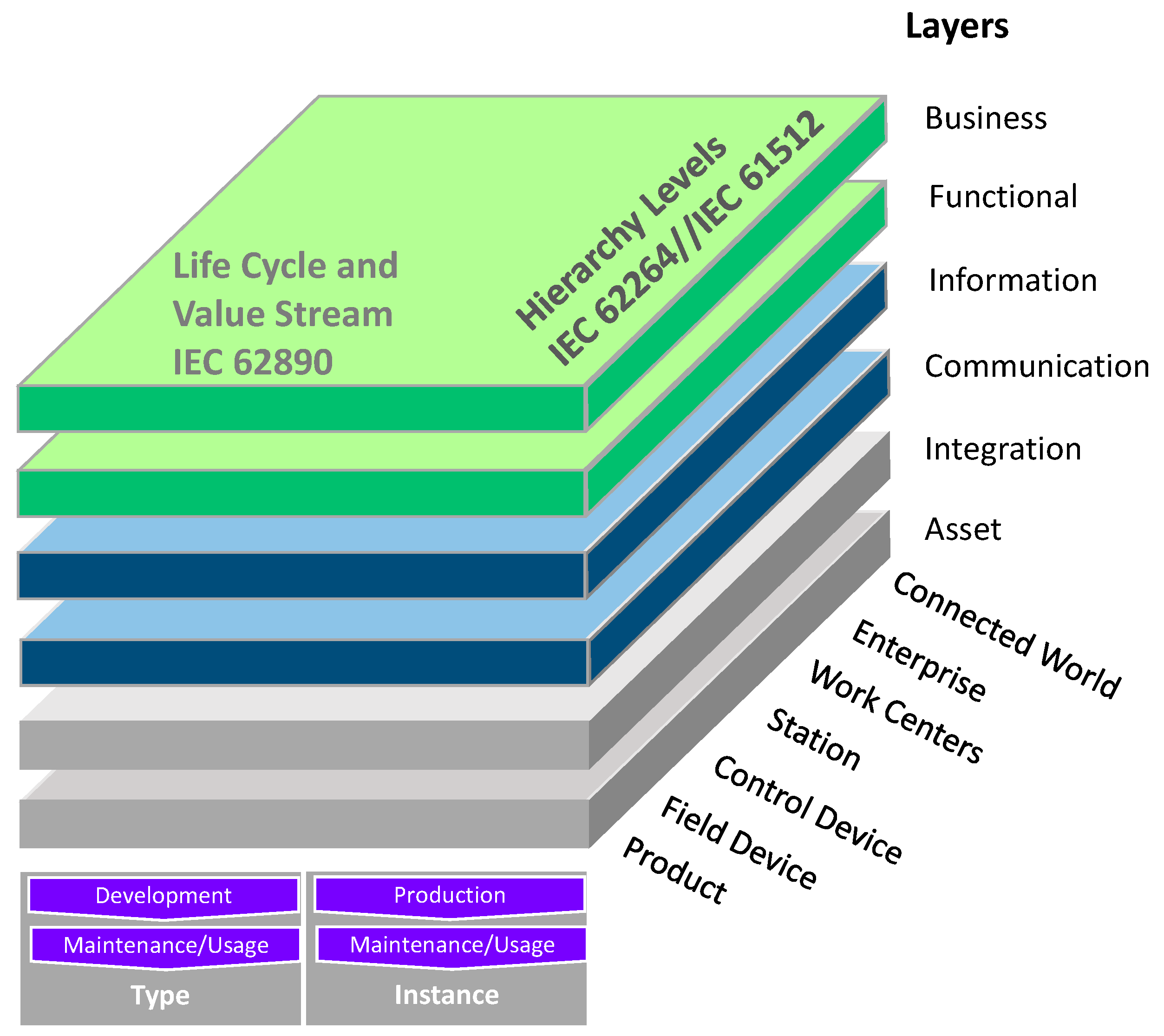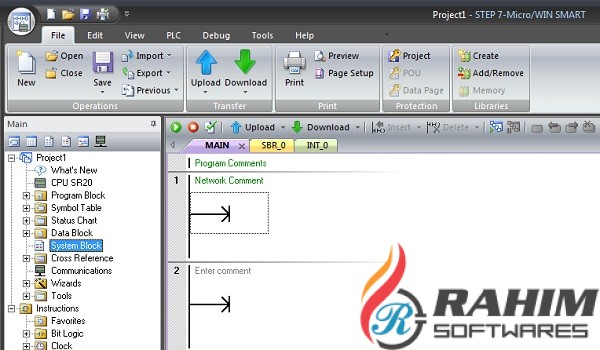

Cores that are parked generally do not have any threads scheduled, and they will drop into very low power states when they are not processing interrupts, DPCs, or other strictly affinitized work.

The PPM engine chooses a minimum number of cores for the threads that will be scheduled. The processor power management (PPM) engine and the scheduler work together to dynamically adjust the number of cores that are available to run threads.
DIFFERENCE BETWEEN STEP 7 MICRO WIN 1.0 AND 4.0 CODE
If your system has Intel CPU code name Skylake or greater with HWP (Intel Speed Shift) enabled by default, please follow the link below to find out more about the performance adjustment details and differences Performance adjustment on HWP (Intel Speed Shift) enabled systems CPU Core ParkingĬPU Core parking is a feature that was introduced in Windows Server 2008 R2. Many features mentioned above will be described in greater details in the description below, so if you are interested read on. This application was made to provide help in controlling such factors and reduce the effect of degrading performance when possible. This can be caused by many hard to predict factors, such as system state, availability, CPU state, heat and many many more. Even though these are all positive changes, it sometimes creates a situation where an end user is not getting top performance when it is required (delayed performance boostboost).

Considering significant change in technology and expectations from the hardware, CPU's have gotten a lot of new features such as TurboBoost, SpeedStep, Hyper-Threading and individual core state/s that help to reduce power consumption and heat. However, in the modern world, power consumption sometimes takes a higher priority than performance output. This article has been improved by RajshreeSrivastava.Back in a day, most computers were desktop machines with the main goal for the hardware, to offer absolute best performance and there was no real need for technologies such as SpeedStep, Turbo Boost etc. It is highly recommended that you practice them. All questions have been asked in GATE in previous years or in GATE Mock Tests. Practicing the following questions will help you test your knowledge. When 3 came it will take the place of 7 because it is least recently used -> 1 Page faultĠ is already in memory so -> 0 Page fault. In this algorithm page will be replaced which is least recently used.Įxample-3Consider the page reference string 7, 0, 1, 2, 0, 3, 0, 4, 2, 3, 0, 3, 2 with 4 page frames.Find number of page faults. The use of Optimal Page replacement is to set up a benchmark so that other replacement algorithms can be analyzed against it. Optimal page replacement is perfect, but not possible in practice as the operating system cannot know future requests. Now for the further page reference string -> 0 Page fault because they are already available in the memory. When 3 came it will take the place of 7 because it is not used for the longest duration of time in the future.-> 1 Page fault. Initially all slots are empty, so when 7 0 1 2 are allocated to the empty slots -> 4 Page faults In this algorithm, pages are replaced which would not be used for the longest duration of time in the future.Įxample-2:Consider the page references 7, 0, 1, 2, 0, 3, 0, 4, 2, 3, 0, 3, 2, with 4 page frame. For example, if we consider reference string 3, 2, 1, 0, 3, 2, 4, 3, 2, 1, 0, 4 and 3 slots, we get 9 total page faults, but if we increase slots to 4, we get 10 page faults. > 1 Page Fault.Ħ comes, it is also not available in memory so it replaces the oldest page slot i.e 3 -> 1 Page Fault.įinally when 3 come it is not available so it replaces 0 1 page faultīelady’s anomaly – Belady’s anomaly proves that it is possible to have more page faults when increasing the number of page frames while using the First in First Out (FIFO) page replacement algorithm. Then 5 comes, it is not available in memory so it replaces the oldest page slot i.e 1. When 3 comes, it is already in memory so -> 0 Page Faults. Initially all slots are empty, so when 1, 3, 0 came they are allocated to the empty slots -> 3 Page Faults. When a page needs to be replaced page in the front of the queue is selected for removal.Įxample-1Consider page reference string 1, 3, 0, 3, 5, 6 with 3 page frames.Find number of page faults.

In this algorithm, the operating system keeps track of all pages in the memory in a queue, the oldest page is in the front of the queue. This is the simplest page replacement algorithm.


 0 kommentar(er)
0 kommentar(er)
